What is Pectin and What is Sugar-Free Pectin?
Pectin is a naturally occurring substance found in the cell walls of fruits and vegetables, particularly in abundance in apples, citrus fruits, and berries. It is a complex polysaccharide comprising long chains of sugar molecules. Pectin is extracted commercially from citrus peels, apple pomace (the solid remains after pressing apples for juice), and other sources rich in this substance.
The primary function of pectin in food is as a gelling agent and thickener. When heated with sugar and acid (commonly in the form of lemon juice), pectin forms a gel that gives jams and jellies and preserves their characteristic texture and structure. This gelation process is essential for trapping fruit pieces evenly throughout the product and preventing the separation of liquid and solid components.
Pectin’s ability to gel depends on several factors, including the mixture’s pH level (acidity), the sugar content, and the type of pectin used (there are different types with varying gel strengths). High-methoxyl pectin, for instance, requires sugar and acidic conditions to form a gel, whereas low-methoxyl pectin can gel with less sugar and in the presence of calcium ions.
Beyond its use in jams and jellies, pectin also finds applications in other food products as a stabilizer and thickener. It is commonly used in fruit fillings for pastries, yogurt, ice cream, and baked goods as a fat replacer.
Pectin is considered a soluble fiber nutritionally. It has been associated with health benefits, such as promoting digestive health by acting as a prebiotic (food for beneficial gut bacteria), potentially lowering cholesterol levels, and contributing to satiety.
In summary, pectin is a versatile natural ingredient widely used in food processing to achieve desired textures and enhance nutritional profiles. Its ability to gel with sugar and acid makes it indispensable in producing jams and jellies, while its fiber content offers potential health benefits in various dietary applications.
What About Sugar-Free Pectin?
Sugar-free pectin is a variant of pectin, a natural substance found in fruits that acts as a thickening agent in food processing, particularly in producing jams and jellies. Unlike traditional pectin, which often requires significant amounts of sugar to activate its gelling properties, sugar-free pectin is specifically formulated to gel with alternative or no sweeteners.
Pectin is a complex polysaccharide found in the cell walls of many fruits, such as apples, oranges, and berries. It is extracted commercially from citrus peels or apple pomace and purified for use in food products. The primary function of pectin in culinary applications is to create a gel-like consistency when combined with sugar and heated, providing the characteristic texture of jams and jellies.
Sugar-free pectin is ideal for individuals looking to reduce their sugar intake or those following diets that restrict sugar consumption, such as low-carb or ketogenic diets. It allows for preparing jams and jellies that are lower in sugar or completely sugar-free while achieving the desired gel formation.
When using sugar-free pectin, alternative sweeteners like stevia, erythritol, or monk fruit extract often provide sweetness without adding carbohydrates or calories. Making jams or jellies with sugar-free pectin typically involves combining the pectin with the sweetener and fruit juice or puree, heating the mixture to activate the pectin’s gelling properties, and then allowing it to cool and set.
Regarding texture and taste, sugar-free pectin generally produces jams and jellies similar to those made with traditional pectin and sugar. However, the sweetness level and flavor profile may vary depending on the type and amount of sweetener used. Following specific recipes and guidelines when using sugar-free pectin is essential to ensure the final product’s proper gelling and overall quality.
Sugar-free pectin offers a convenient option for creating homemade jams and jellies that cater to dietary preferences and health-conscious consumers seeking alternatives to traditional high-sugar products.
Question From a Reader
I received an email from Robert N. asking about the availability of “No Sugar Pectin” to prepare raspberry jam. I immediately contacted Chef Jennie Field, a Le Cordon Bleu Culinary Arts School graduate in Florida. Here are Robert’s questions and Chef’s response:
Hi RG – Kathy M. suggested I ask you to help in our quest for NO-SUGAR PECTIN. We grow many raspberries, and the family loves my wife’s jam but prefers it with no-sugar pectin. We just have not been able to find it. Any suggestions?
Chef Field’s Response:
Most pectin needs a high sugar to gel, but there are special low-sugar and no-sugar kinds you can get to make jams and jellies with a lower sugar content.
You can use this type of pectin to make a Polaner All-Fruit type of jam: fruit, fruit juice, and maybe some sugar, along with the no-sugar pectin. In my experience, raspberries have a pretty high pectin content.
I used to make a great raspberry jam at the restaurant with just IQF raspberries, lemon juice, salt, and sugar. I’m not sure how “low-sugar” they want their jam to be, but my ratio was 1 to .9 fruit to sugar—it gelled just fine, as long as I reduced it to the right consistency on the burner.

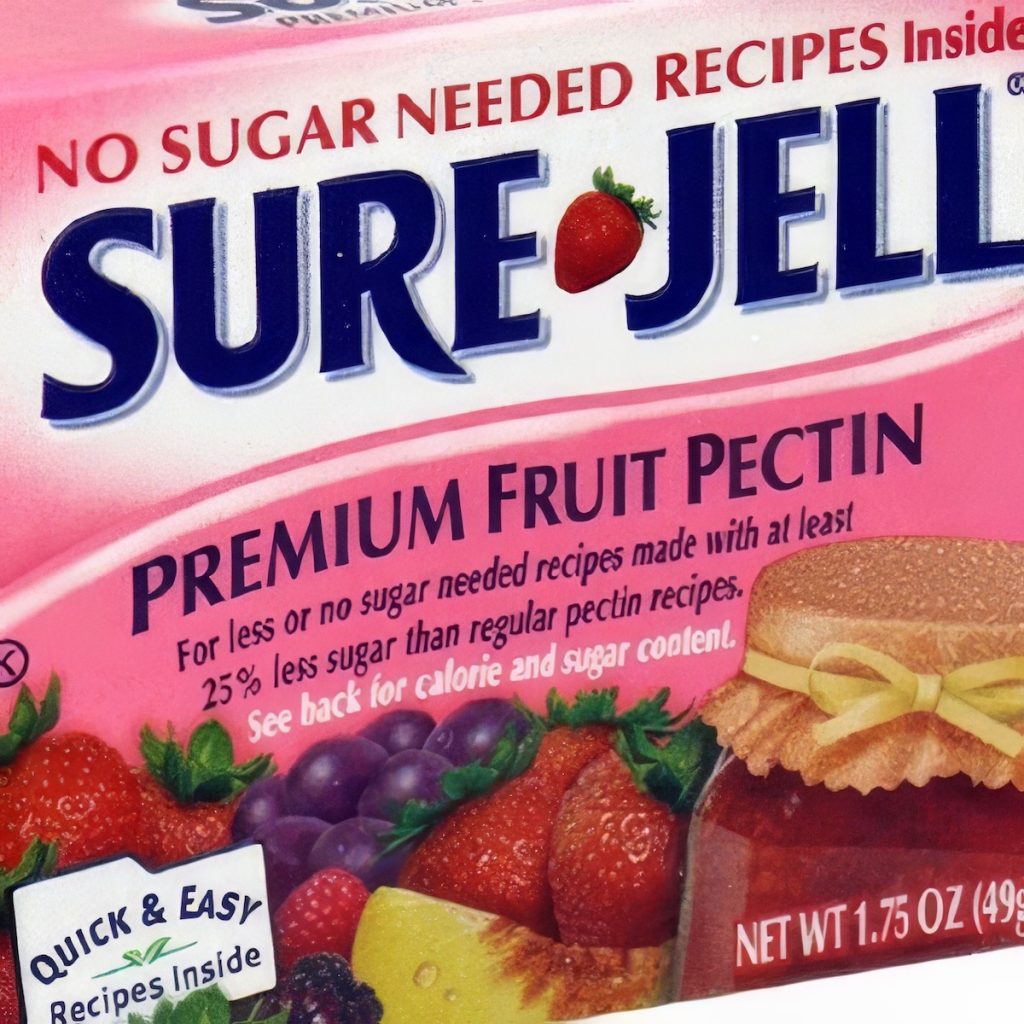
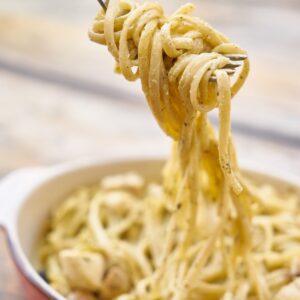



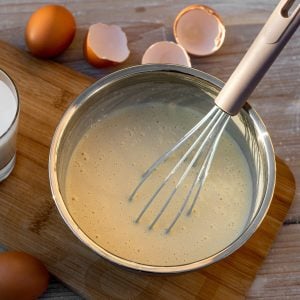
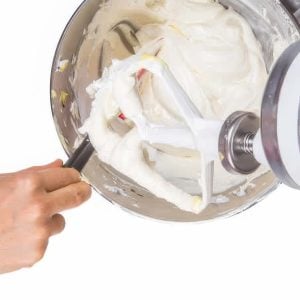

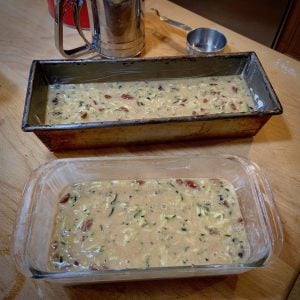
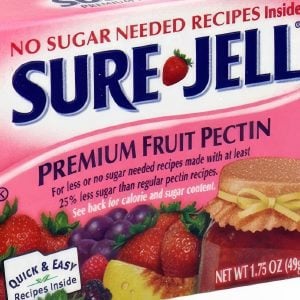


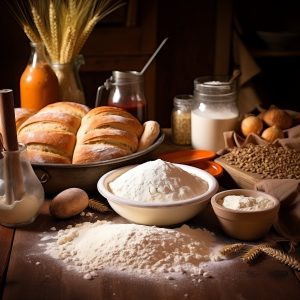


2 Responses
We are informing you of our new canning website and letting you know we are here for your readers! We have a wide variety of canning supplies on our site. We are looking forward to the next harvest. Please let us know if we can help you in any way. Thanks.
I made rhubarb jam, and I think ball classic pectin is almost pure sugar. I do not like the jam. Last year I made rhubarb jam, and it was tart very good don’t recall the name of the pectin I used. It must not have had sugar in it. I put sugar in the rhubarb; pectin with sugar is overkill. What brand has no sugar in it?